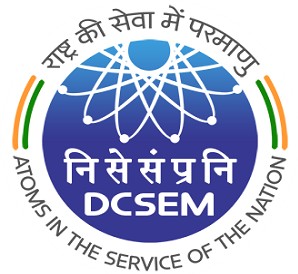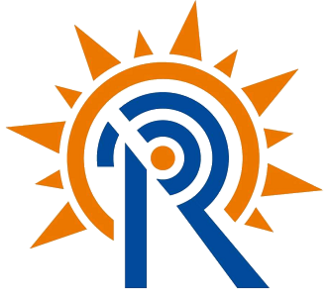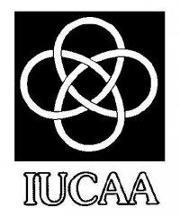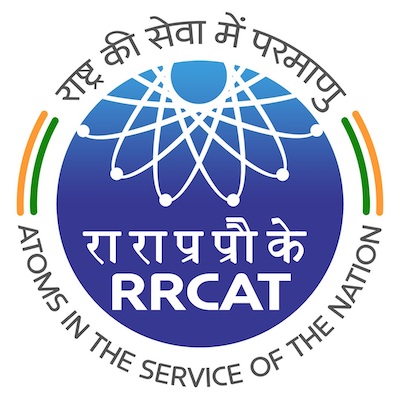 The LIGO Scientific Collaboration and the Virgo Collaboration released the catalog of events and papers estimating their rates detected in the first (O1) & second (O2) observation run.
The LIGO Scientific Collaboration and the Virgo Collaboration released the catalog of events and papers estimating their rates detected in the first (O1) & second (O2) observation run.
Credit: Visualization: LIGO/Frank Elavsky/Northwestern | Non-LIGO Data Sources: Neutron Stars: http://xtreme.as.arizona.edu/NeutronStars/data/pulsar_masses.dat Black Holes: https://stellarcollapse.org/sites/default/files/table.pdf | LIGO-Virgo Data: https://www.gw-openscience.org/events/ The beginning of Gravitational Wave Multi-messenger Astronomy
The beginning of Gravitational Wave Multi-messenger Astronomy
First GW detection from a neutron star merger; Concurrent detection by electromagnetic telescopes [Image Credit: CESSI, IISER Kolkata] Gravitational Waves Detected
Gravitational Waves Detected
LIGO Opens New Window on the Universe with Observation of Gravitational Waves from Colliding Black Holes. IUCAA physicists make fundamental contributions in the discovery. [Image Credit: The SXS (Simulating eXtreme Spacetimes) Project] What are GW?
What are GW?
Find out more about 'the messengers of Einstein' - Gravitational Waves - propagating disturbances in the curvature of space-time caused by the motions of matter... [Image Credit: R. Hurt/Caltech-JPL]
The Laser Interferometer Gravitational-Wave Observatory (LIGO) - India is a planned advanced gravitational-wave observatory to be located in India as part of the worldwide network, whose concept proposal is now under active consideration in India and the USA. LIGO-India is envisaged as a collaborative project between a consortium of Indian research institutions and the LIGO Laboratory in USA, along with its international partners.
LIGO-India received the Indian Government's in-principle approval in February 2016. Since then the project reached several milestones towards selecting and acquiring a site and building the observatory.
A Gravitational Wave detector project on Indian soil
The LIGO-India project will be built by by the Department of Atomic Energy (DAE) and the Department of Science and Technology (DST), Government of India, with a Memorandum of Understanding (MoU) with the National Science Foundation (NSF), USA, along with several national and international research and academic institutions. The project is being led by four institutions:
How to get involved?
LIGO-India is intrinsically a multidisciplinary mega-science project that requires expertise from a variety of fields (e.g., laser, vacuum, optics, computer, etc., and of course Physics) and provides cutting edge research opportunities. There are multiple ways to get involved. Visit this page for more information.
Events
Workshop on Gravitational Waves & LIGO-India IUCAA, Pune & BITS, Pilani
![1[1]](https://www.ligo-india.in/wp-content/uploads/2024/09/11.png)
About the Workshop The era of gravitational wave astronomy has revolutionized our understanding of the universe.… Read more
Jobs
Faculty openings at IUCAA Please circulate & encourage potential candidates to apply!
IUCAA is a premier autonomous research institution set up by the University Grants Commission to promote… Read more
Latest News
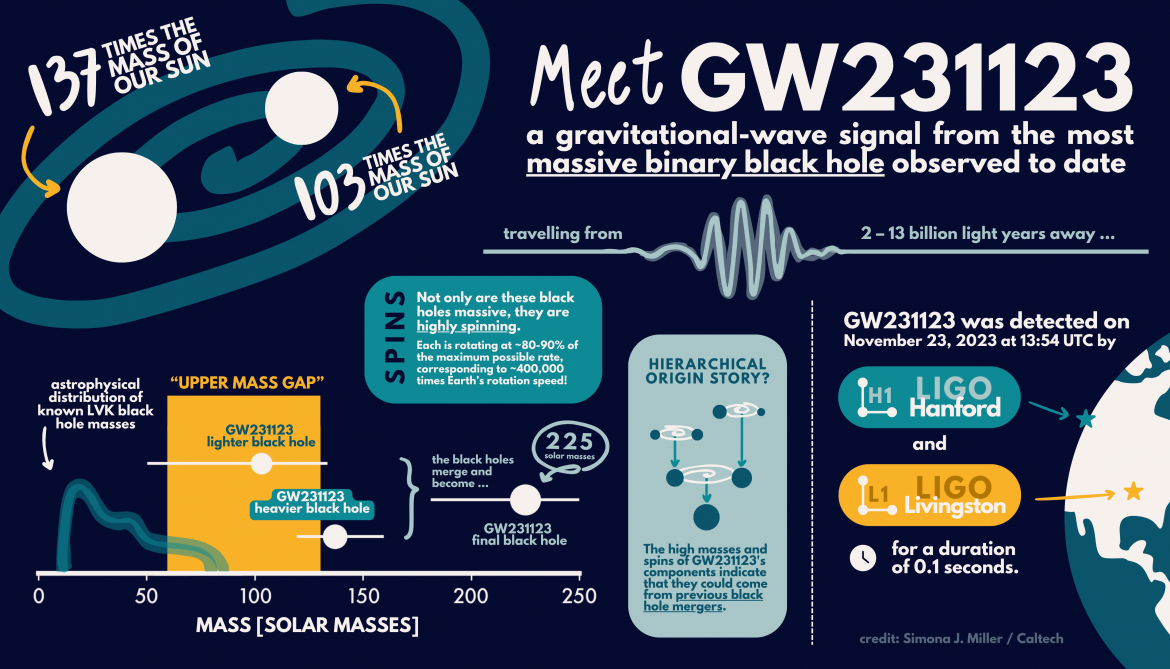
GW231123 – THE MOST MASSIVE BLACK HOLE BINARY DETECTED THROUGH GRAVITATIONAL WAVES A collision between two massive and highly spinning black holes
On November 23, 2023, at 13:54:30 UTC, the LIGO-Virgo-KAGRA (LVK) collaboration detected GW231123, a gravitational-wave signal… Read more
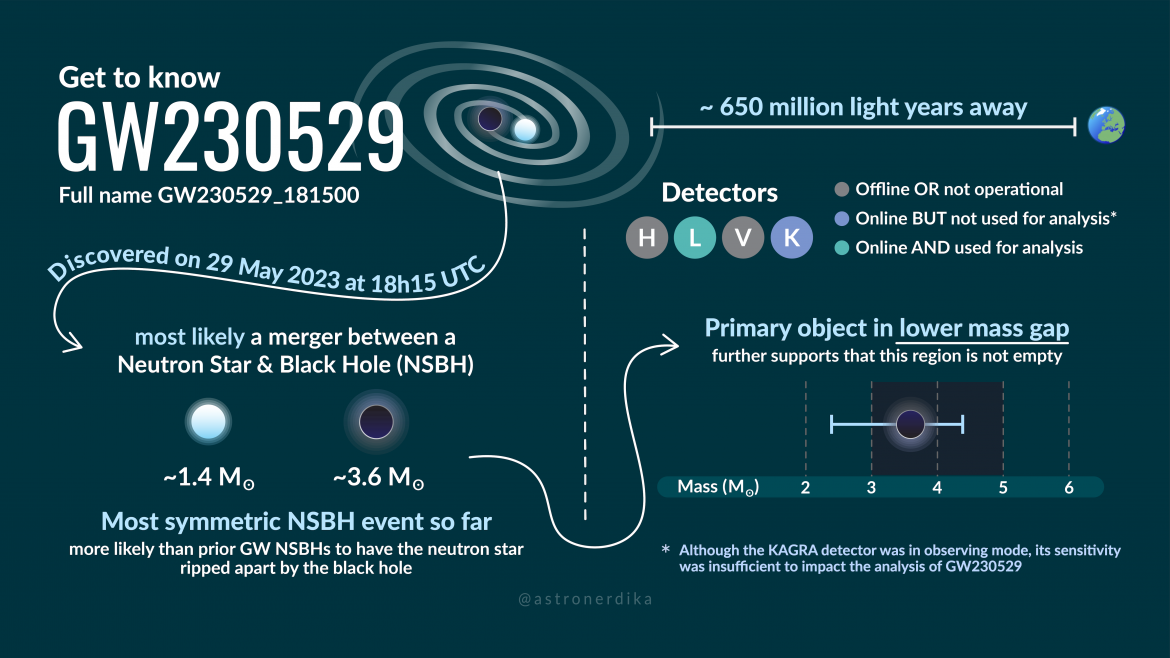
GW230529 – Collision of a neutron star with a compact object in the mass-gap LIGO-India could hold the key to solving this cosmic mystery
The LIGO-Virgo-KAGRA international network of Gravitational Wave observatories announced the discovery of an exceptional astronomical event. The… Read more
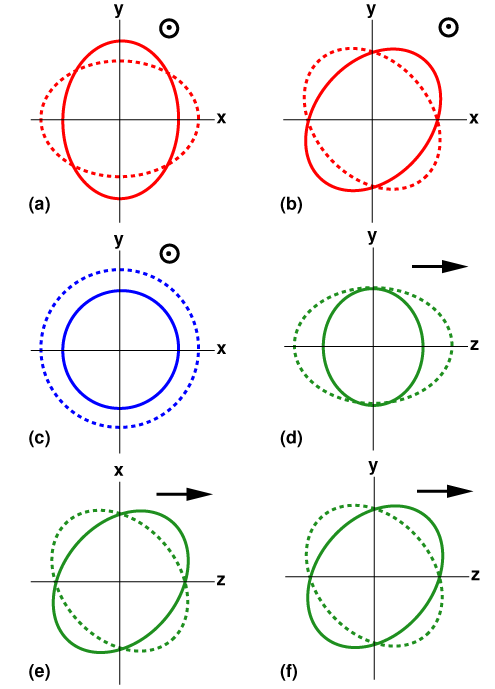
Testing Einstein’s Theory of Gravity with Gravitational Waves Researchers from the LIGO-India Scientific Collaboration (LISC) contribute to important achievements in Gravitational Wave Science putting Einstein’s Theory to test, by analysing data from a recently compiled catalog
In 1915, Albert Einstein proposed the General Theory of Relativity (GR), in which gravity is described… Read more

